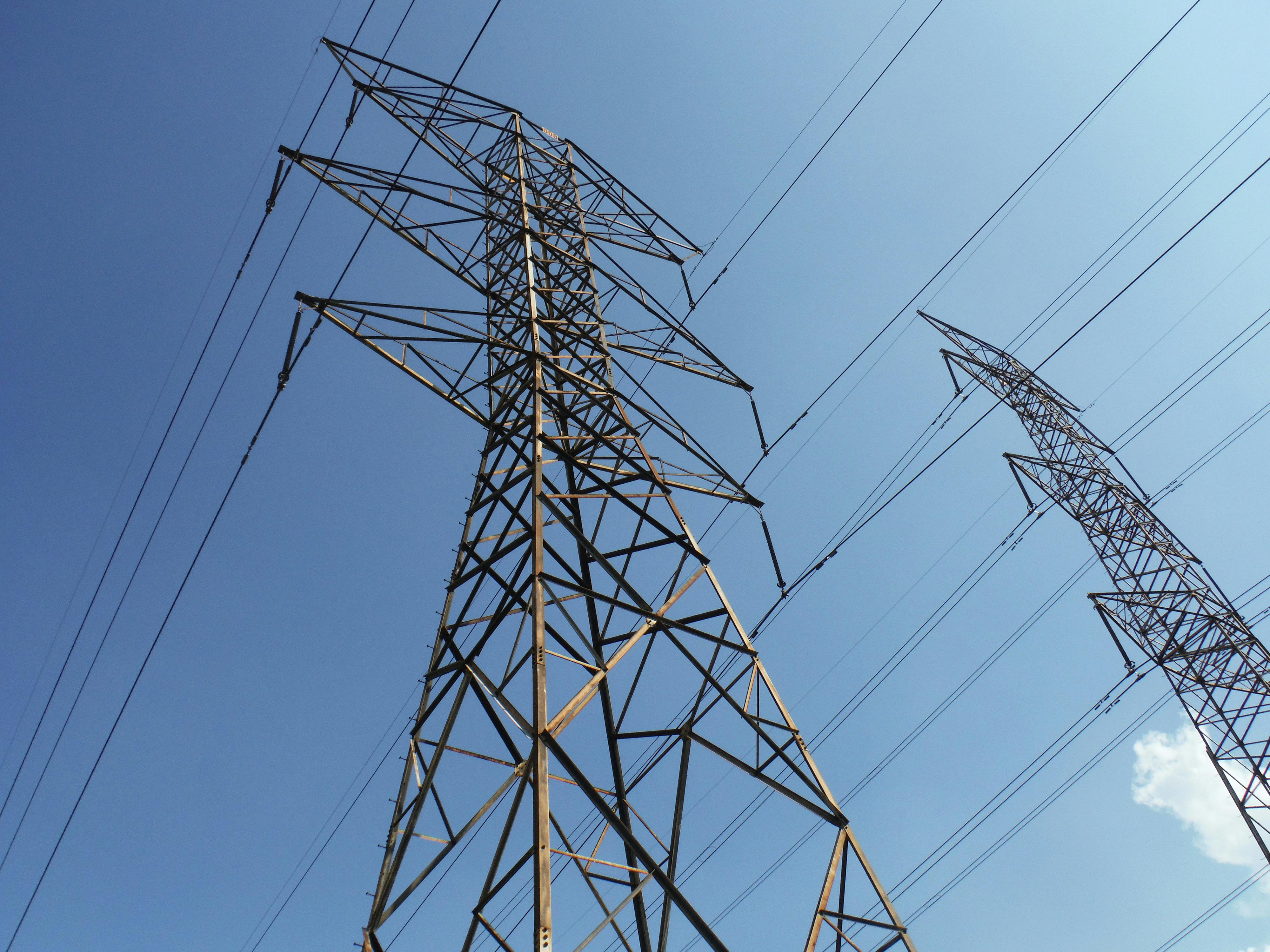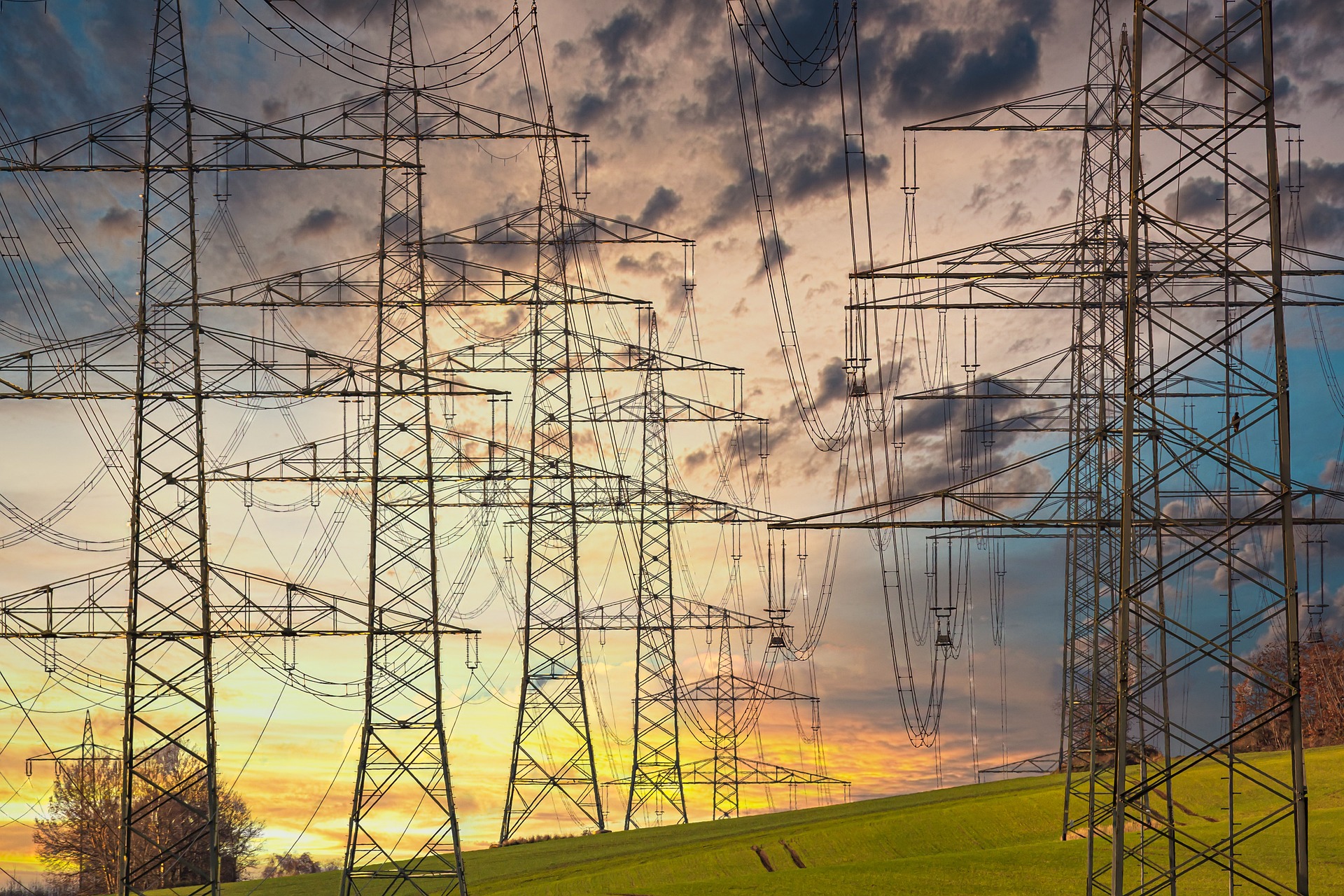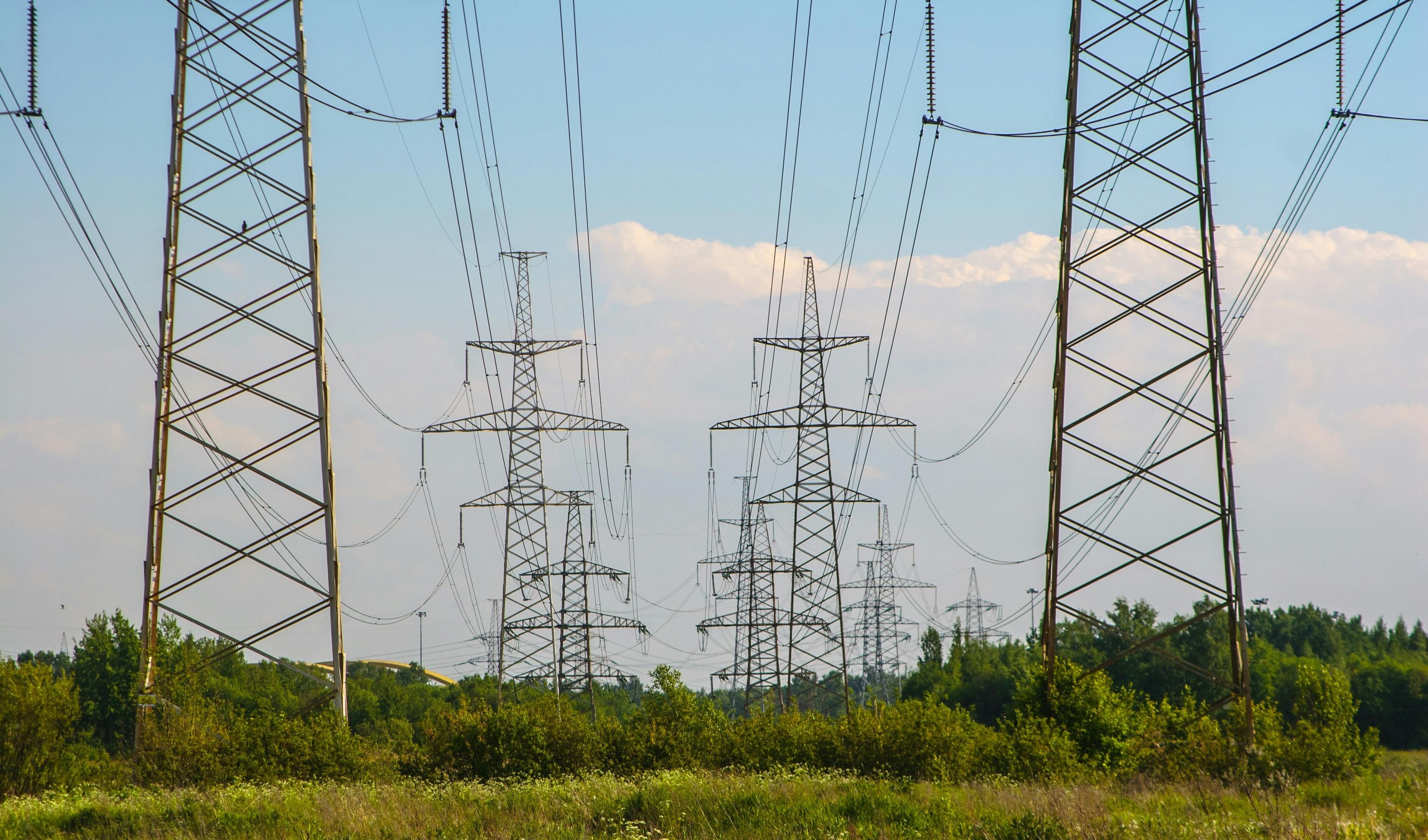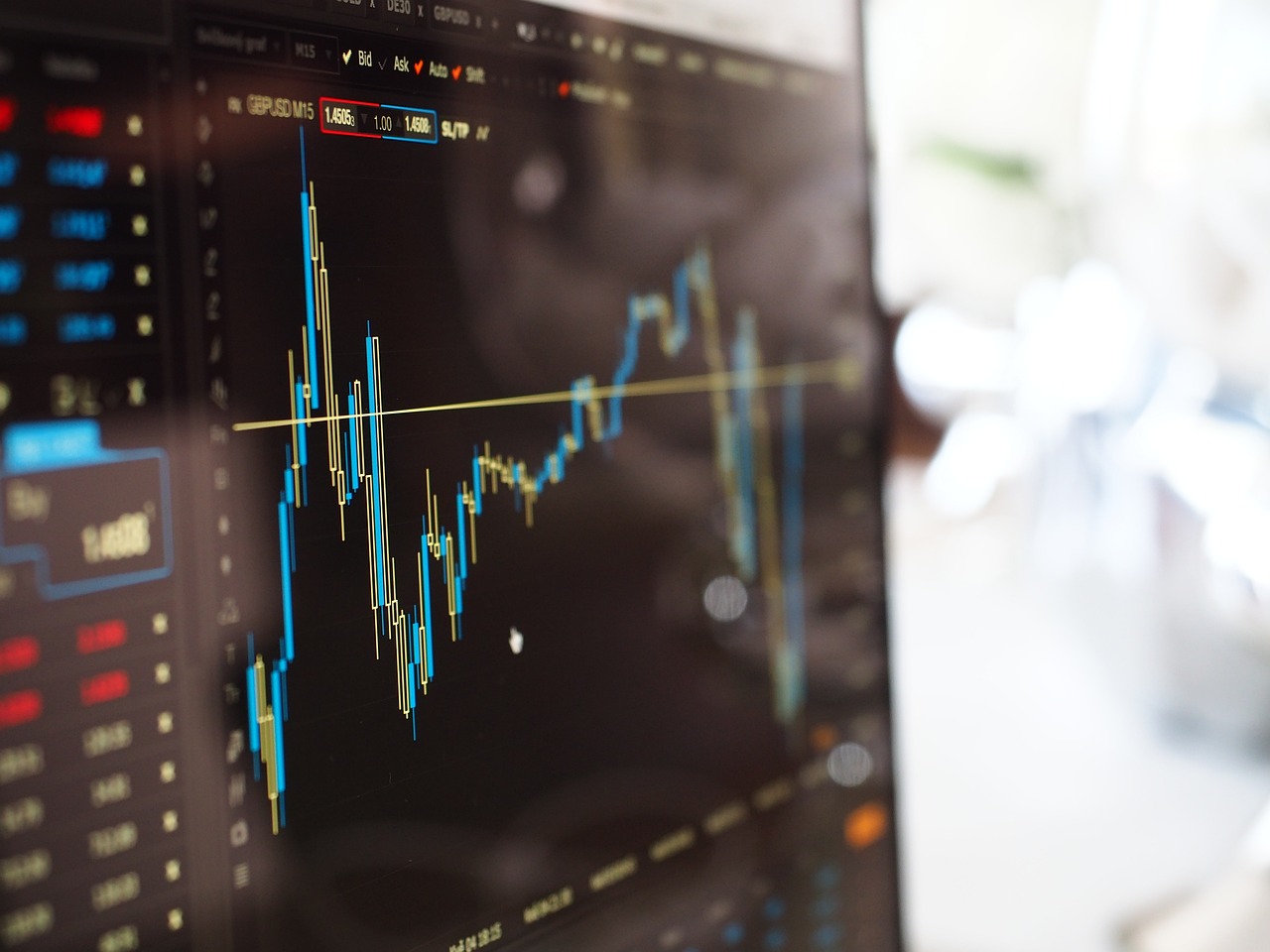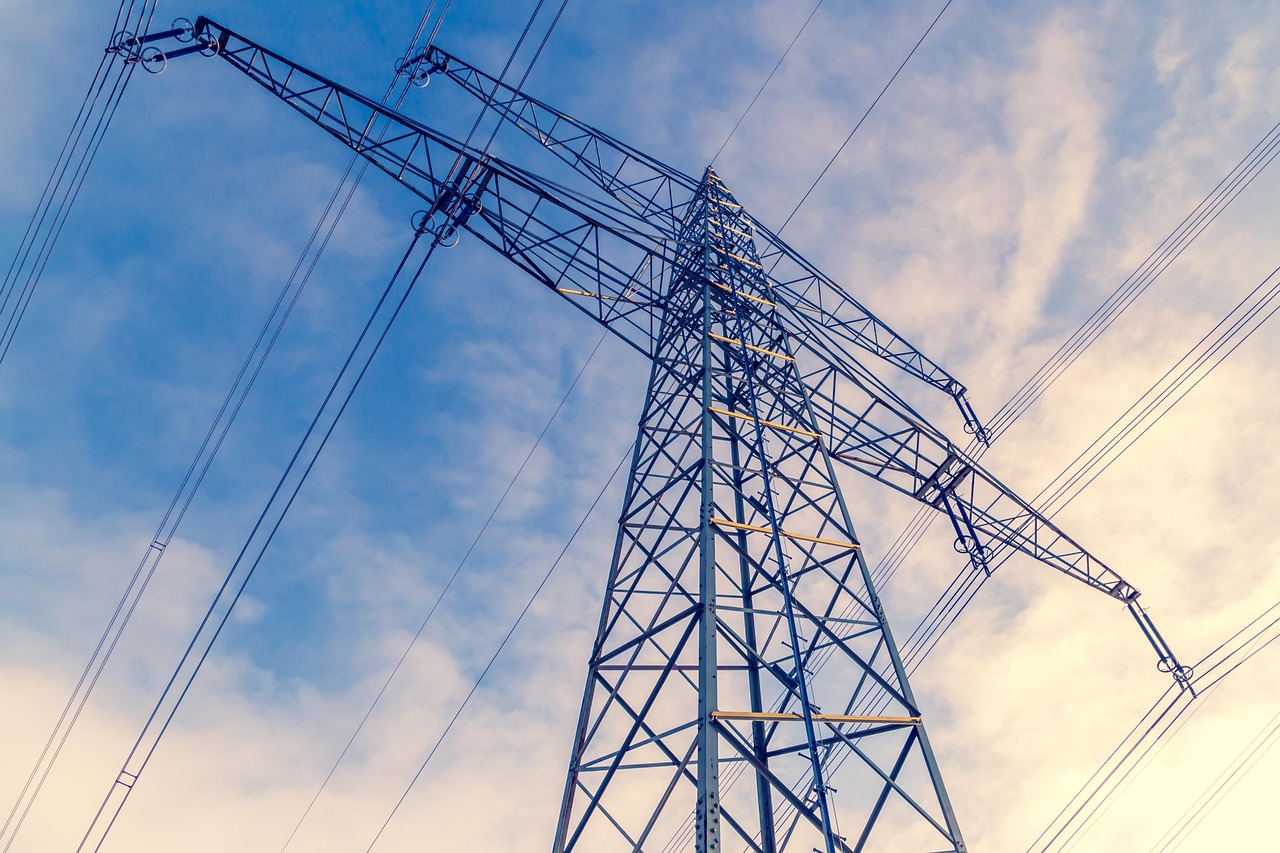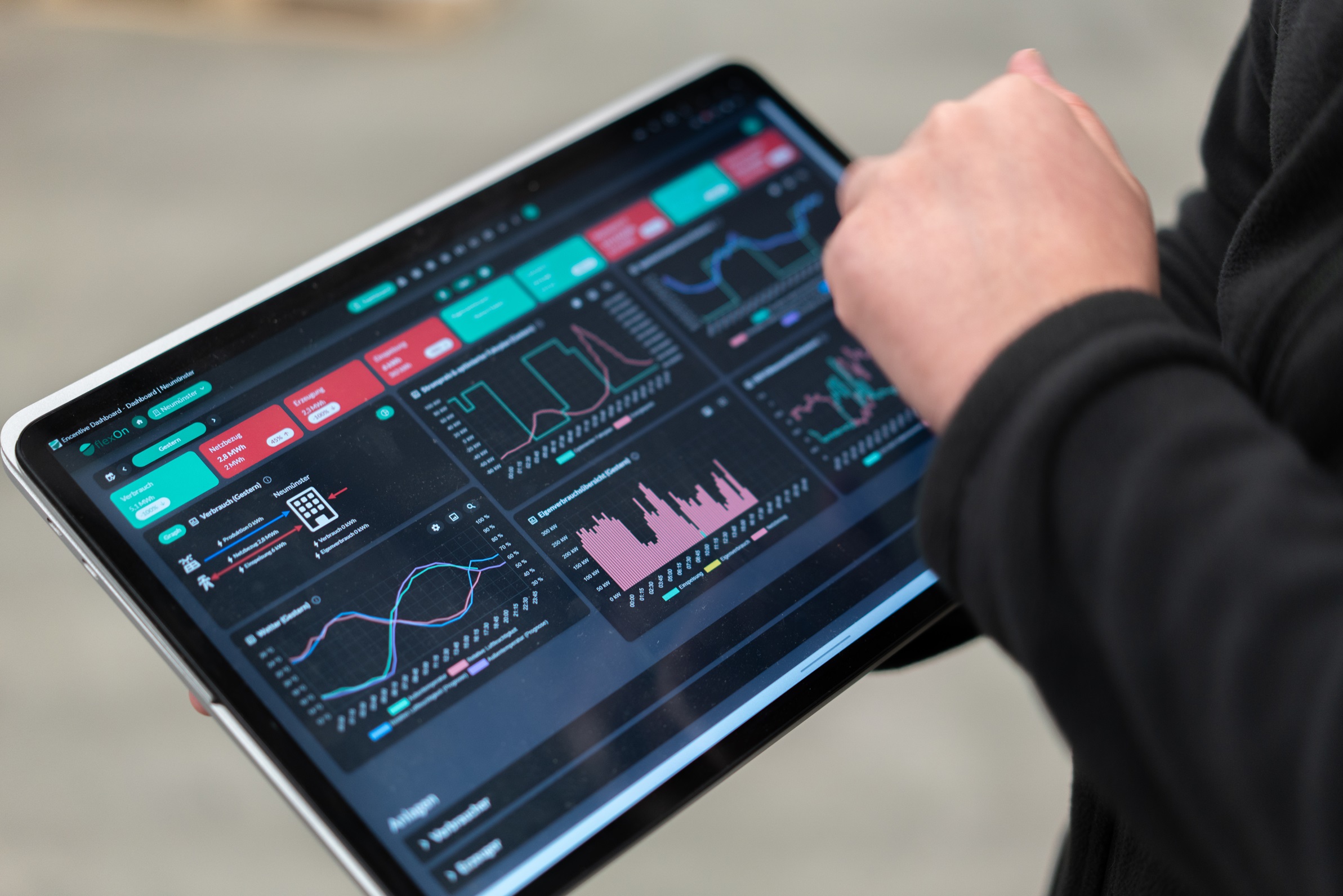The winners and losers of negative electricity prices
The recently adopted solar package in Germany has brought negative electricity prices back into the public eye. We explain how they arise, what problems are associated with them and how companies benefit from negative electricity prices.

The introduction of the solar package by the German government marks another important step in the energy transition. The goal is to install photovoltaic systems with an output of 200 gigawatts by 2030 and to increase the share of renewables in the power supply to at least 80 percent. According to Federal Minister Robert Habeck, the solar package is a “booster” that is intended to accelerate the expansion of solar energy and reduce bureaucracy (BMWE press release, 2024). However, with the increased supply of solar energy, electricity prices on short-term power exchanges could also fall drastically – even into negative territory at certain times.
What are negative electricity prices?
Normally, large electricity producers receive money on the electricity exchanges for feeding electricity into the grid. However, in the event of negative electricity prices, they must pay money for that. Ordinary households that generate electricity through their own solar systems are not affected. But how do negative electricity prices arise? They arise when the supply of electricity exceeds the growth in demand and the additional supply cannot be exported. This often happens when volatile power generators such as wind and solar energy feed in a disproportionate amount of electricity into the grid. In the past, this has happened on public holidays or during the COVID-19 pandemic, for example, as little electricity was consumed. It is currently being discussed as to whether the solar package and the expansion of renewables will also increasingly lead to negative electricity prices during normal working weeks.
The origin of negative electricity prices
Negative electricity prices are a phenomenon that has been occurring since they were approved in Germany in 2008. At that time, they were approved on the spot market also due to the request of market participants. The aim was, among other things, for conventional power plants to adapt more to the production of solar and wind energy. They are also intended to provide an incentive for market participants to switch to more flexible energy consumption.
Who pays for negative electricity prices?
The costs of negative electricity prices are primarily borne by the generation plants that have to pay for their electricity in order to feed it into the grid. To compensate for this, however, they receive support under the Renewable Energy Sources Act (EEG), known as the market premium. The subsidy is ultimately also co-financed by end consumers through the EEG levy. However, in order to cover costs, funding has been limited to three consecutive hours since 2023. After these three hours, producers no longer receive a market premium. This could become a problem in the current situation.
The problem with negative electricity prices
In 2023, the highest number of negative hourly contracts on the power exchange to date were recorded at 301 (CHP, 2024). As a result of the solar package and the increased expansion of renewable energies, the number is likely to continue to rise. Experts such as Christoph Bauer, Professor of Energy Economics at TU Darmstadt, expect a drastic increase (FRIDAY, 2024). As a result, costs for operators continue to rise, making them appear to be the losers of negative electricity prices. Various approaches are therefore suggested in expert circles:
- Control the supply of smaller PV systems and better adjust them to power consumption via smart meters
- Reduce or specifically manage the expansion of renewable energies
- Continue to expand storage capacities
- Use flexible grid charges to create incentives to consume green electricity when it is available
- Increasing flexibility on the side of producers and consumers
How can companies benefit from negative electricity prices?
Industry plays an important role, as it currently consumes around 42% of Germany's electricity annually. Making its consumption more flexible would have a positive impact on the electricity market. At the same time, flexible industrial companies benefit and become winners of the current situation. If they adjust their consumption to generation, they can take advantage of negative electricity prices and save up to 20% on energy costs. This is now possible without manual effort thanks to automated control by energy management systems such as flexOn.
Negative electricity prices are a complex phenomenon caused by the interplay of supply and demand on the electricity market. While they may pose challenges for some market players, they also offer opportunities for companies to reduce their electricity costs and benefit from flexible consumption processes.




